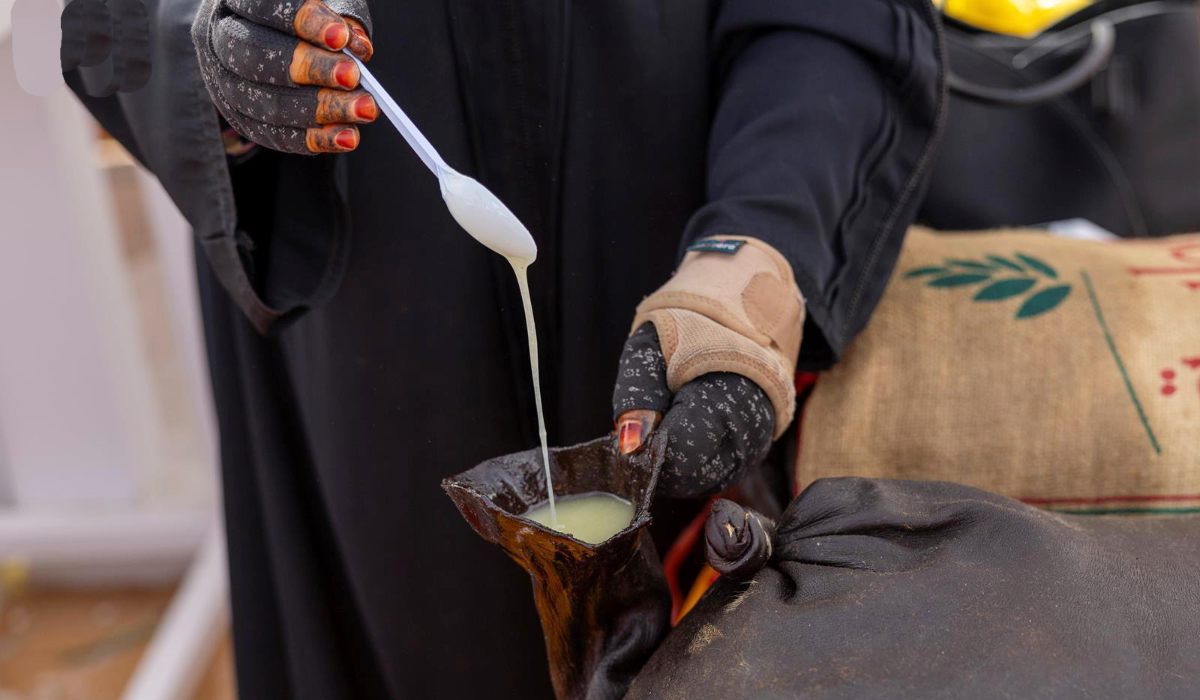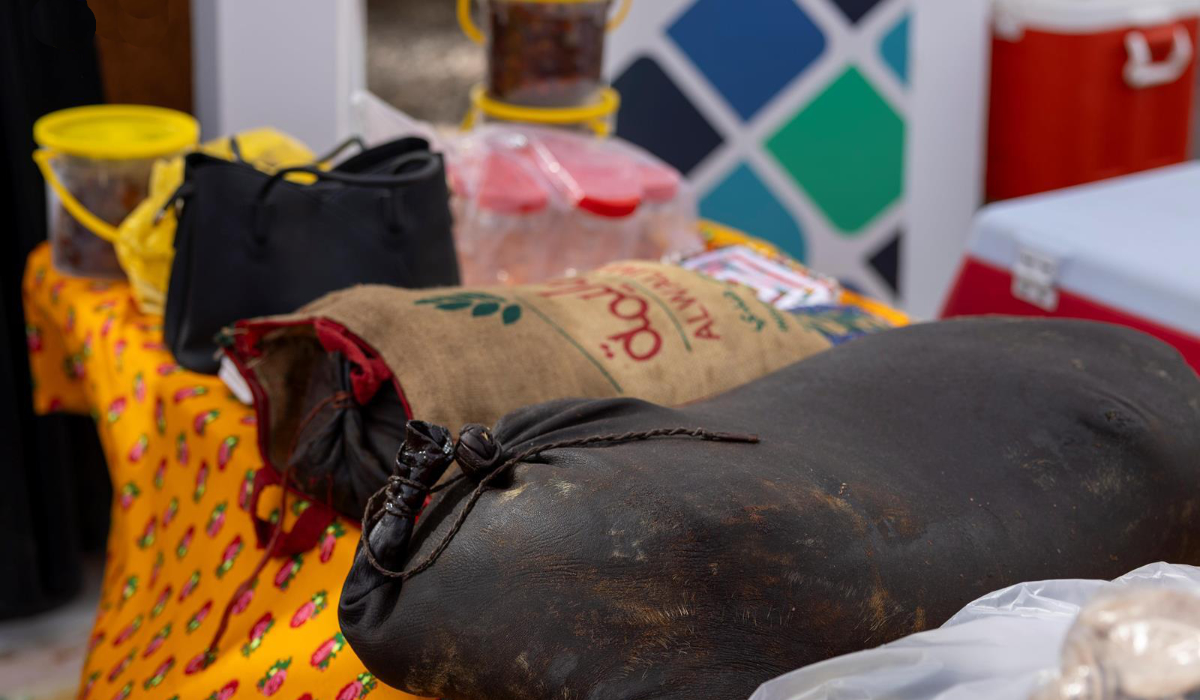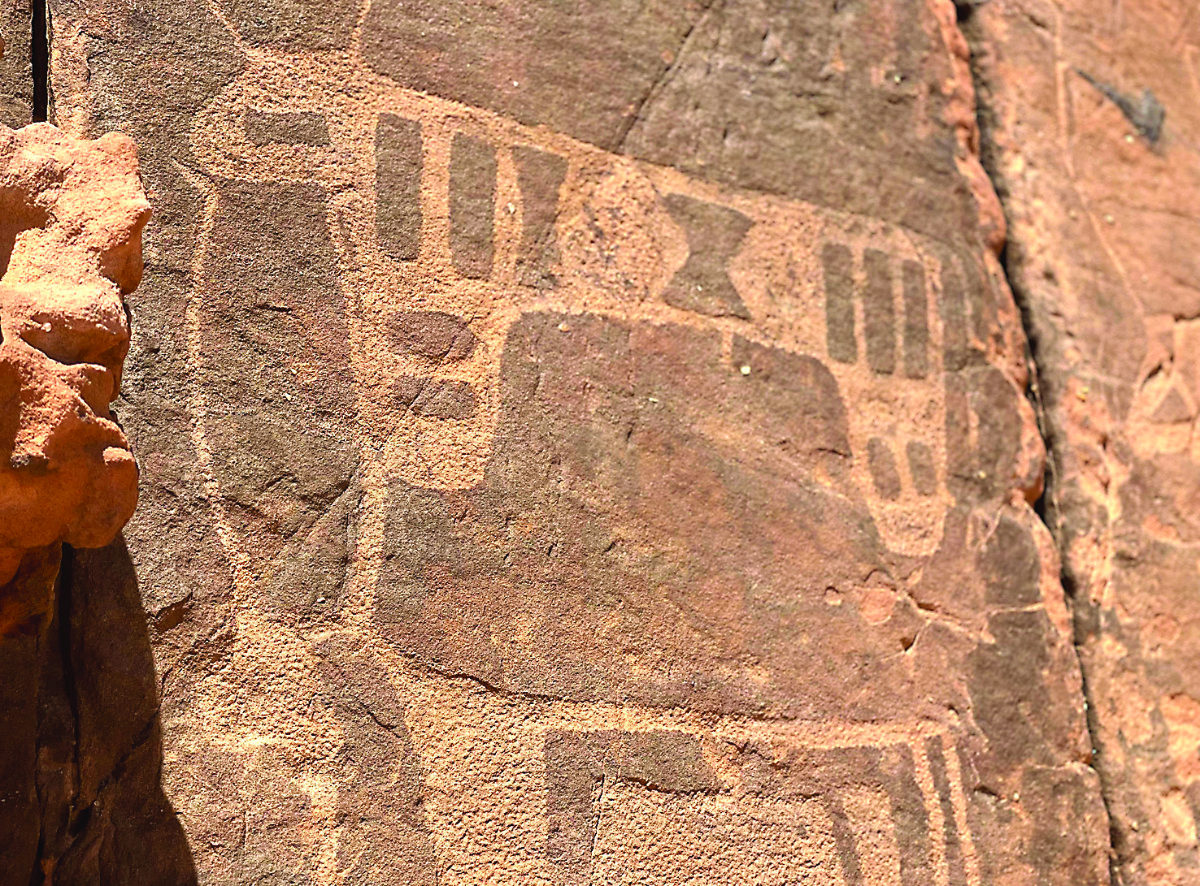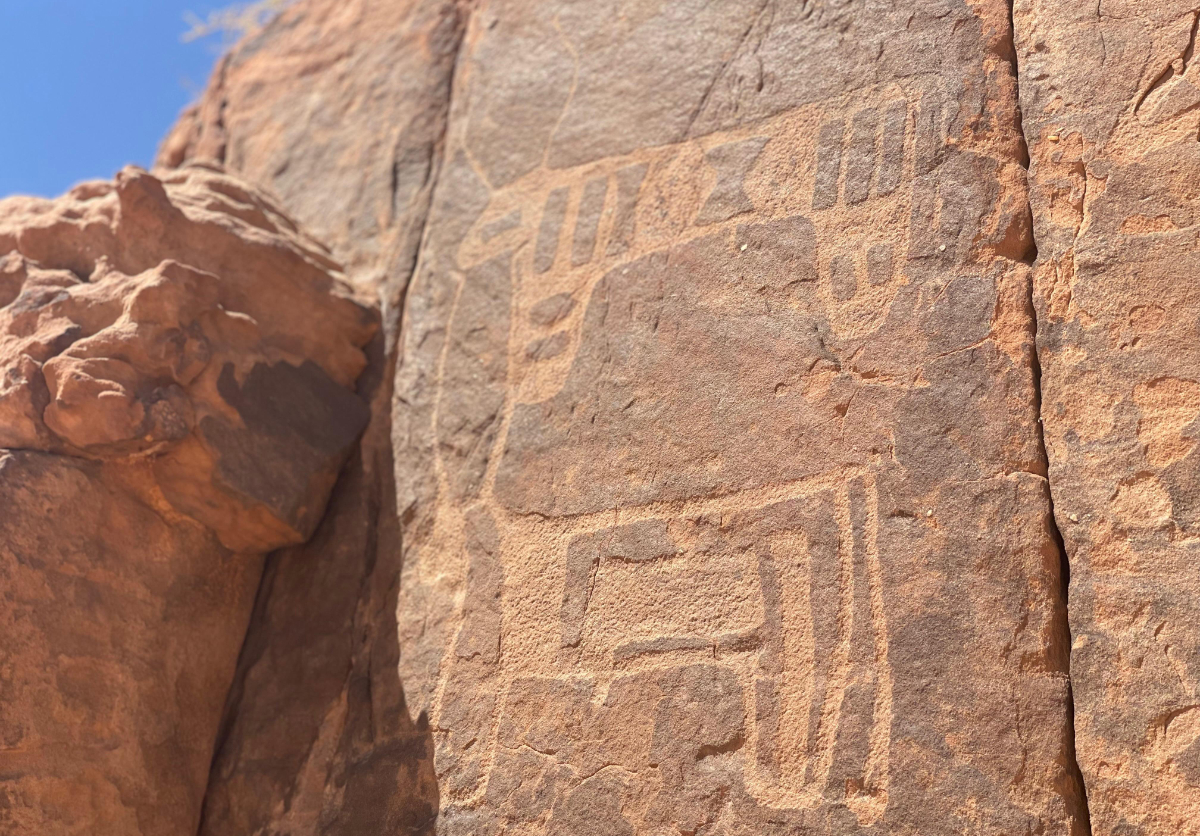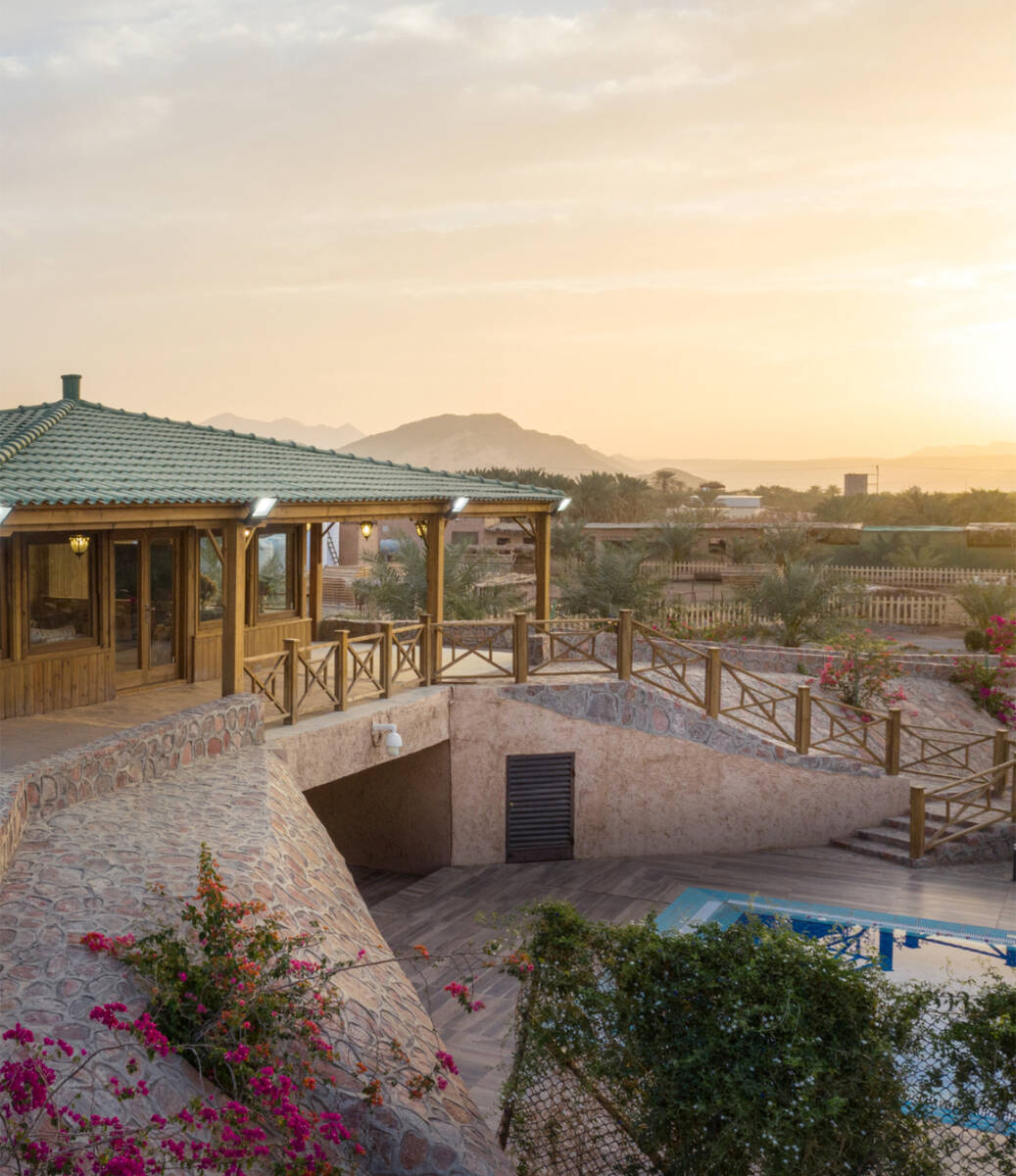DUBAI: Dubai is attracting more visitors than ever, pulling in 14.9 million in 2016 alone, but there are a growing number of reasons to venture beyond the sky-high city. A total of 59 new hotels are due to open across the UAE this year and many of them are in some of the lesser-explored emirates — so let us take a look at six stunning openings outside Dubai.
Fairmont Fujairah Beach Resort
Fujairah has a strong stable of hotels but this is the first art-inspired property to debut in the emirate. Almost all of the 180 rooms and suites boast marina or ocean views with a dramatic mountain vista at the rear, inviting guests to mix their aquatic adventures with hiking and cycling. There are plenty of floor-to-ceiling windows to shed light on the modern-bohemian and Art Deco styles and other major draws include the refined dining options, such as The Copper Lobster, a seafood restaurant with Arabic touches. Beach-lovers should note, however, that the beach will have limited access over the summer months while the hotel readies its stylish Nikki Beach-esque club.
Location: 30 minutes south of the Dibba border, Fujairah.
Best for: Five-star luxury beneath the dramatic backdrop of the Al Hajjar Mountain range.
www.fairmont.com/fujairah
Alma Retreat
Unique for the UAE, the Alma Retreat is an all-inclusive luxury Bedouin-style camp dedicated to health and wellbeing. The new Ras Al-Khaimah-based destination has a host of special offers throughout the summer, as well as a membership program for returning guests and an exclusive rental package that launched in the spring, allowing a total takeover of the camp’s 15 spacious tents and customized wellness programs with bespoke dining options. The annual membership (available between October-May) will give a 50 percent discount on exclusive rentals, unlimited access to digital products for meditation and hypnosis therapies, as well as a 10 percent on the products sold on site for a fee of AED1,000 (SR1021) a month. Ladies only activities are also available for those who want to stretch, sweat and center themselves in total privacy.
Location: Bedouin Oasis Camp Road, Ras Al-Khaimah.
Best for: The chance to relax your body, mind and spirit with an incredible roster of activities — the Weekend Retreat programs are well worth a look (but it is perhaps best to smuggle in some chocolate).
www.iamalma.com
The Oberoi Beach Resort, Al-Zorah
Opened in time for the 2017 summer season, Al -Zorah is a luxury destination with varied attractions for the emirate of Ajman. Being just 25 minutes from Dubai International Airport, minus any potential traffic, this is a great location for visitors from abroad. With long, pale beaches alongside 247 acres of protected mangrove forest, Al-Zorah showcases the true biodiversity of the UAE, with almost 60 local species of birds visible near the resort — these are perhaps best viewed while kayaking around the mangroves. Enjoy the greenery but prefer to practice your swing? The resort will also include a championship golf course. In fitting with the luxe brand, The Oberoi Spa in Al-Zorah will provide signature massage therapies, hammam treatments and Ayurvedic options. There is also plenty for kids, including an activity area, a sand box and shallow pools for toddlers and younger children.
Location: The northern side of Ajman’s port area.
Best for: A sophisticated hotel aesthetic close to the natural beauty of two million square meters of lush, green mangroves.
www.oberoihotels.com/hotels-in-al-zorah-ajman
InterContinental Fujairah Resort
Located on Fujairah’s beloved Al Aqah beach, the soon-to-be-open hotel will have some of the finest views over the Gulf of Oman, all from the vantage point of a classic luxury hotel that pays homage to the region’s rich and vibrant heritage through its styling and culinary offerings. The resort maintains a sense of place throughout its 190 rooms, including 44 Club InterContinental Rooms and 38 suites, but is also designed to feature a modern, clean aesthetic, with a wide range of facilities for business travelers to match the typical leisure options for holidaymakers. For those planning special events, the hotel also vaunts an Insider Collection service, providing a range of locally-inspired experiences rooted in the destination.
Location: 20 minutes south of the Dibba Road, Fujairah.
Best for: Lazy beach vibes without the big city crowds.
www.ihg.com
The Abu Dhabi EDITION
While a neighboring Dubai EDITION is also due to open in the near feature, the Abu Dhabi opening is a real coup for the emirate, being one of the relatively few cities to claim one of Marriott’s plushest and most exclusive brands — other destinations include London, Miami, New York and Sanya in China. Located on the Al-Bateen waterfront in the Abu Dhabi Marina, the 198 guestrooms and 57 serviced residences will be joined by two new signature restaurants, a gourmet market and – for decadent revelry to really raise the bar in the capital – a three-level nightclub concept. If you do not fancy all that, you can head straight to the fitness center and spa with seven discreet treatment rooms, all within a sleek building somewhat reminiscent of the nearby Yas Viceroy Abu Dhabi. The hotel is set to open in late 2017.
Location: Al-Bateen Wharf, Abu Dhabi.
Best for: Pamper yourself in a cosmopolitan location with seven spa treatment rooms and nearby shopping options.
www.editionhotels.com/abu-dhabi
Saadiyat Rotana Resort and Villas
It is no surprise that Rotana would feature in this list, considering the hotel chain has promised to open 12 new properties in the UAE within the next four years — and this one is a return to where it all started. The Abu Dhabi-based company is joining a roster of five-star resorts on the beachy haven that is Saadiyat Island, featuring 354 “upscale” rooms and suites. Details about the new hotel are currently limited but the group has recently refurbished and extended The Cove Rotana Resort, set on a beachfront in Ras Al-Khaimah. The hotel is set to open in late 2017.
Location: Saadiyat Island, Abu Dhabi.
Best for: Larger families can enjoy the privacy of one of the resort’s beachfront villas.
www.rotana.com










